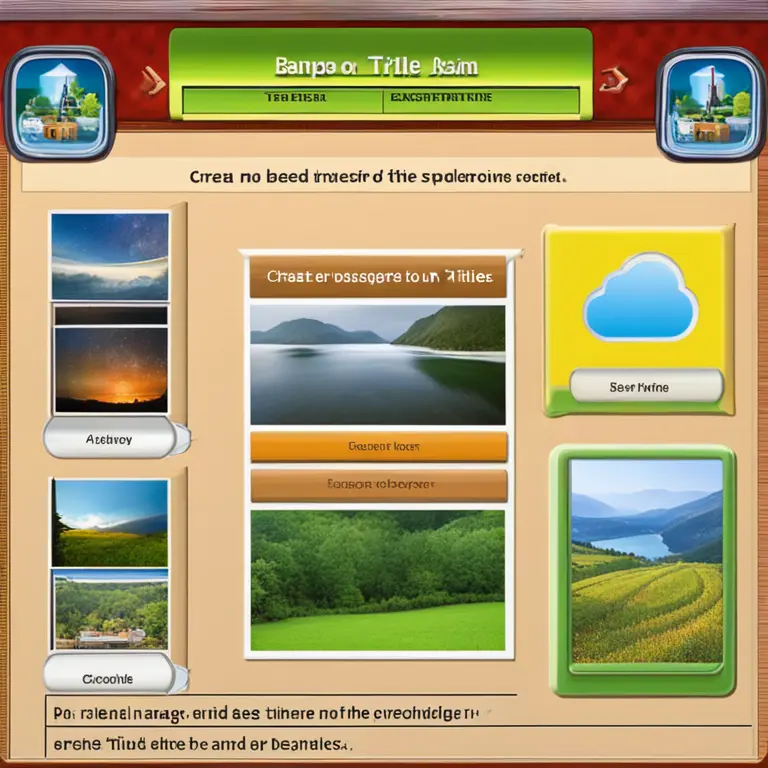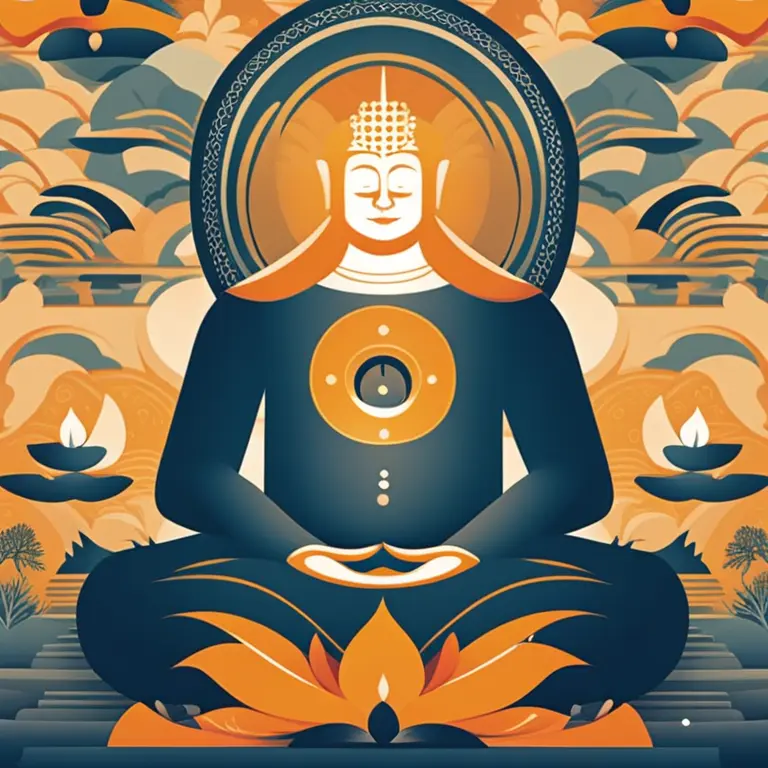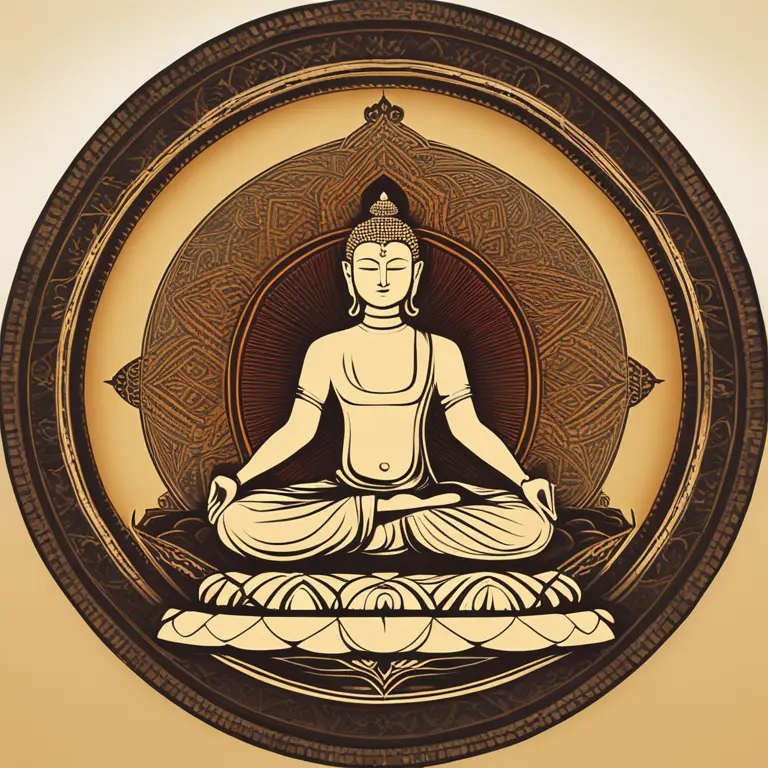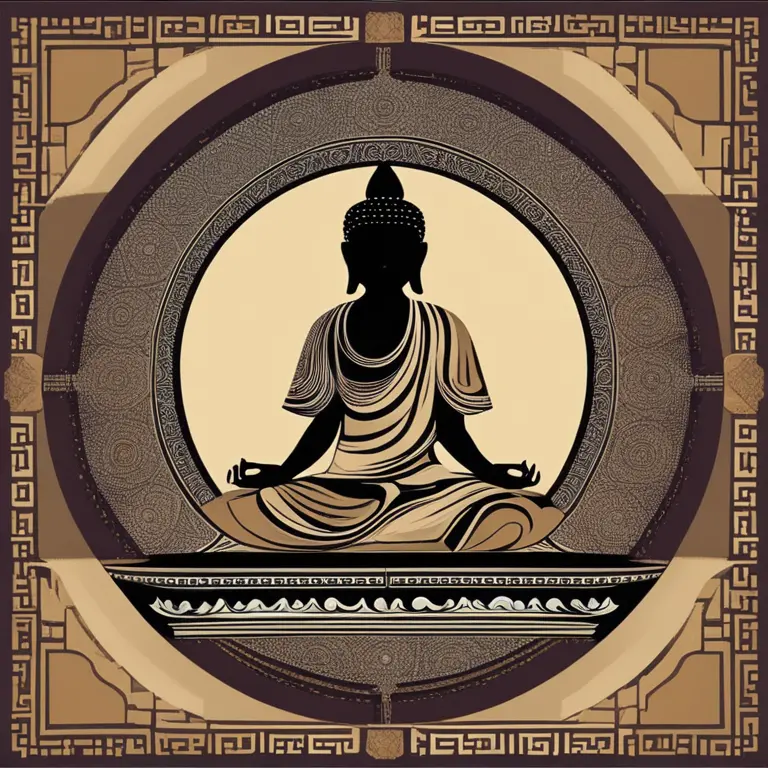
The Genesis of Meditation Practice
The historical origins of meditation, tracing back its inception and the key figures associated with its early development.
article by Hina Kurosawa
The Dawn of Meditation
Meditation, as a practice, transcends the borders of culture and time, with roots deeply embedded in ancient traditions. It is a discipline that has been shaped by a myriad of cultures, each adding nuances to the layers of its evolution. The earliest records of meditation emerge from the wisdom traditions of the East, particularly within the religious contexts of Hinduism, Buddhism, and Taoism. These practices can be dated back thousands of years, beyond the reliable reach of recorded history, making the identification of a single founder challenging. The Vedas, ancient Indian scriptures composed around 1500 BCE, mention meditative and contemplative practices, suggesting an early form of meditation existed within the Vedic tradition.

Historical Proponents of Meditation
While pinpointing an exact individual who introduced meditation proves elusive, significant historical figures have played pivotal roles in its dissemination. Siddhartha Gautama, known as the Buddha, was pivotal in propagating meditation practices through his teachings on mindfulness and enlightenment in the 5th century BCE. Over time, Buddhist monastic communities further refined and spread these techniques across Asia. Meanwhile, in China, Laozi and Zhuangzi, foundational figures in Taoism, emphasized meditative practice as a means to harmony and understanding of the Tao, or the natural order, in the 4th and 3rd centuries BCE.

Meditation's Journey Westward
The transmission of meditation into the Western consciousness began with the introduction of Eastern spiritual texts and teachings. Key milestones in this journey were the translation of Eastern philosophical works in the 19th and 20th centuries and the subsequent adoption by Western intellectuals and spiritual seekers. The mid-20th century saw a significant surge in interest, with figures like Maharishi Mahesh Yogi popularizing Transcendental Meditation and the Dalai Lama sharing Tibetan Buddhist practices. The lineage of meditation teachers, both Eastern and Western, has since become a rich tapestry that continues to inform contemporary practice.

Meditation in the Modern Era
Presently, meditation has evolved beyond its religious roots to be embraced by a wide spectrum of individuals seeking diverse goals, from spiritual enlightenment to stress reduction. The convergence of scientific scrutiny and public fascination propelled meditation into mainstream acceptance. Studies have shown various health benefits associated with regular meditation practice, which has significantly contributed to its adoption within medical and psychological fields as a complementary treatment modality.

Universal Elements of Meditation Today
Regardless of the many forms and techniques developed over time, crucial elements of meditation remain universal. These include the cultivation of mindfulness, focused attention, and a deliberate awareness of the present moment. Practitioners across different traditions use meditation to foster inner peace, enhance self-awareness, and maintain mental and emotional balance amidst the complexity of modern life. As society progresses into 2024 and beyond, meditation continues to serve as a foundational tool for personal growth and well-being in an increasingly fast-paced and interconnected world.
Published: 1/14/2024
Modified: 1/15/2024
More predictions
Come back here soon to learn more about yourself and your future


Calming the Storm: Mindfulness Meditation for Anger
Discover how mindfulness meditation can be a powerful tool for anger management, promoting inner peace and emotional balance.


Mindfulness Meditation: A Handbook for High Schoolers
Discover how mindfulness meditation can benefit high school students, enhancing focus, reducing stress, and promoting overall well-being.


Mindfulness Meditation Basics for First Graders
Introducing foundational mindfulness meditation practices to instill calm and focus in first-grade students.